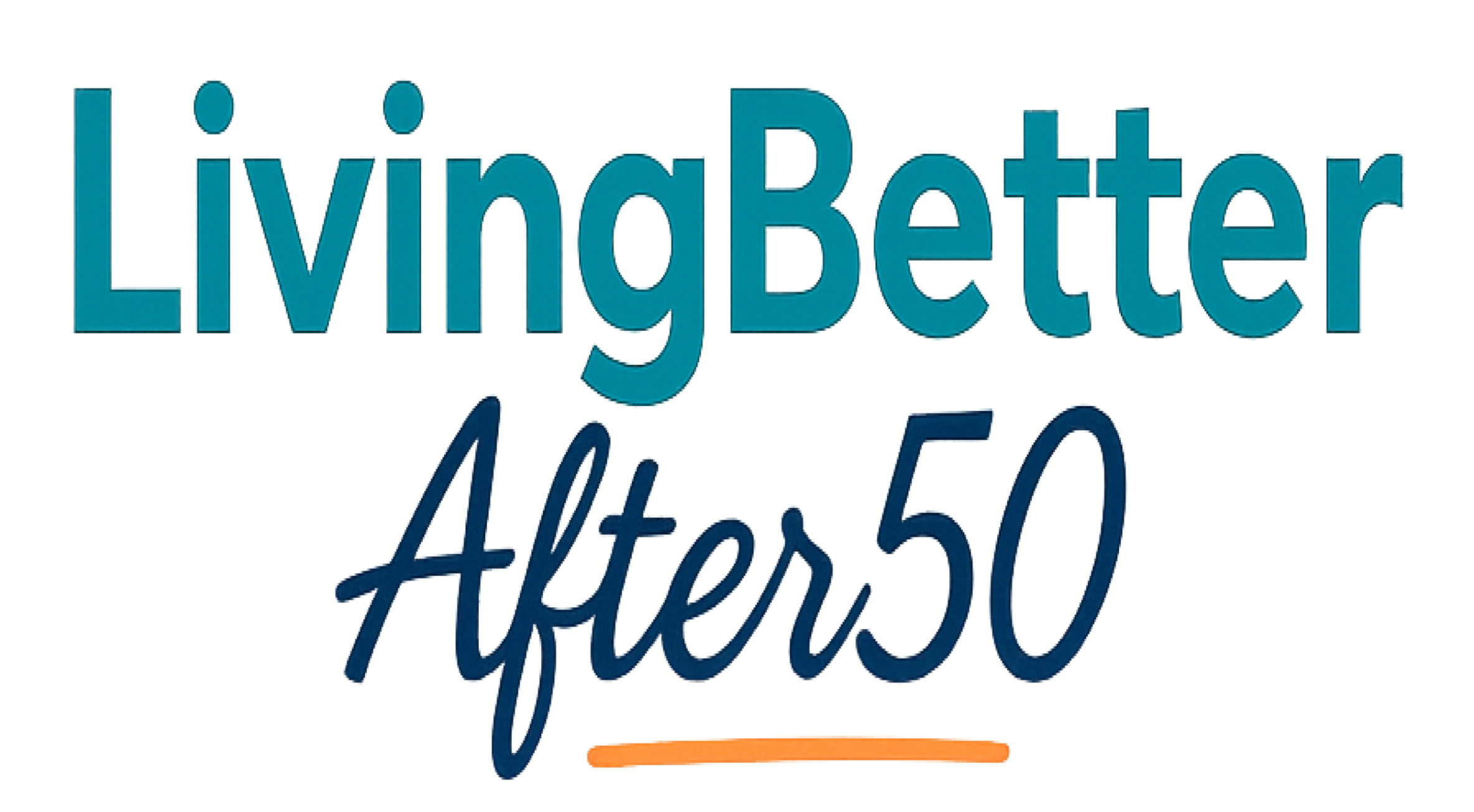Chronic back pain isn’t just an inconvenience. It can destroy your quality of life.
And surgery? It isn’t guaranteed and often only makes symptoms worse.
The good news is that there are more non-surgical options than ever with many being effective.
But how do you know…
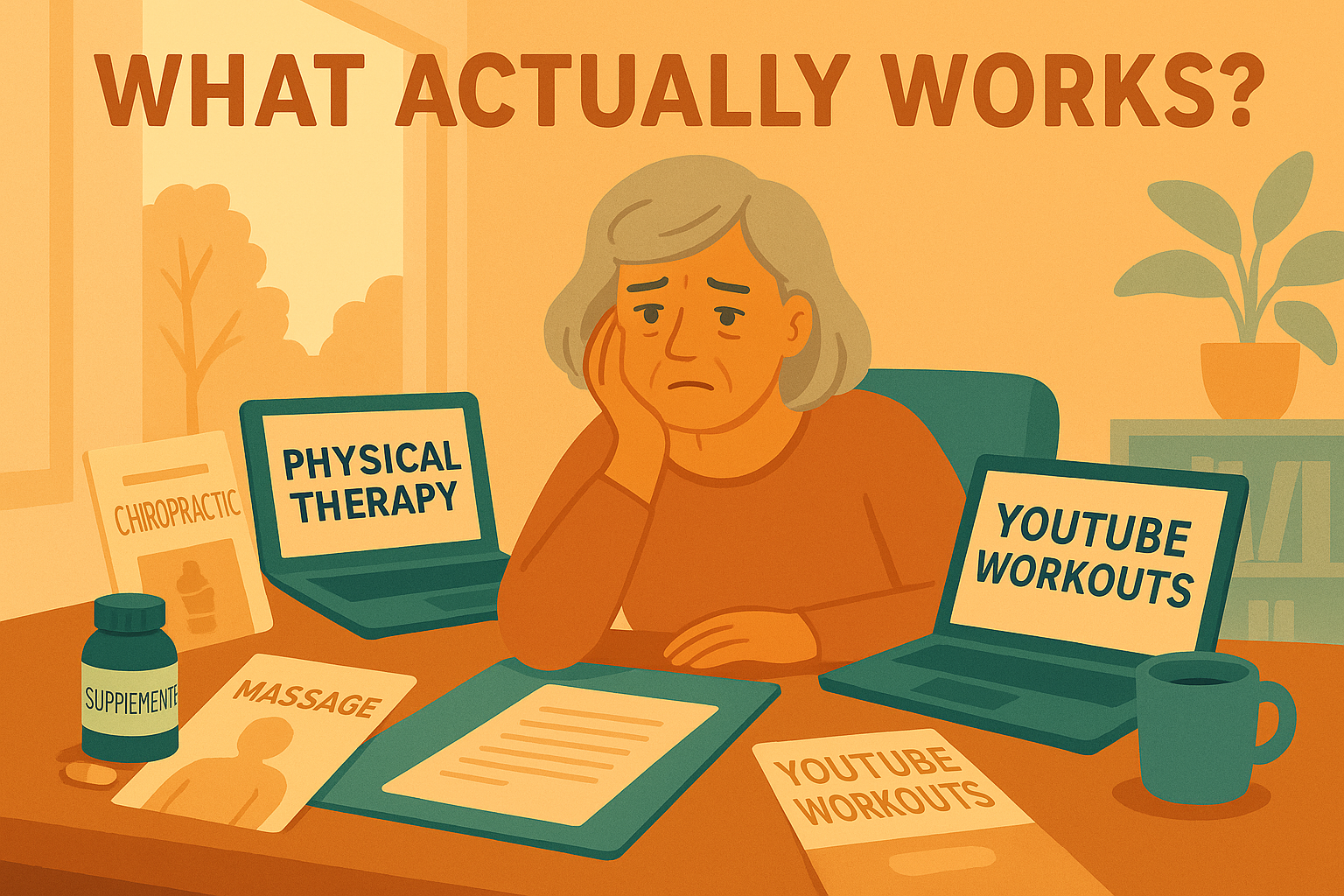
That’s what we decided to find out by investigated non-surgical approaches to back pain relief.
The options we looked at range from traditional treatments and supplements to newer online programs with the goal of finding out what can REALLY help you.
Here’s how to read this guide.
In each short review we share what we liked, what we didn’t like, and a bottom line.
Use these notes to choose what best fits your body, goals, and routine. Then get started!
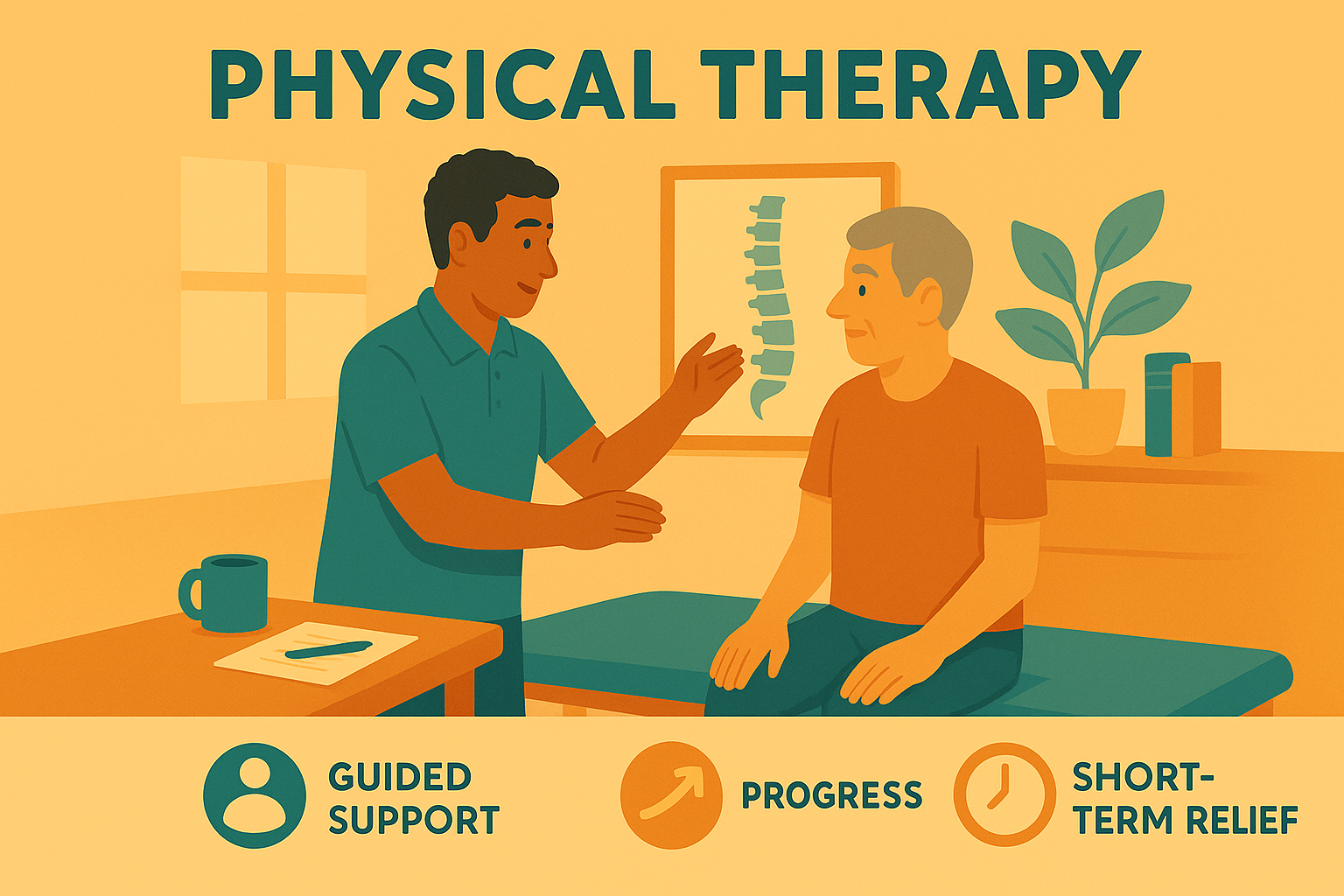
Seeing a physical therapist is often a doctor’s first recommendation for chronic back pain.
That makes sense, because structured guidance helps many people progress safely.
It isn’t always the best fit for everyone, though.
What We Liked
- Professional oversight, tailored exercises, and gradual progression give structure and safety.
- Form checks help you avoid mistakes, and many patients report meaningful improvement with consistent attendance.
What We Didn’t Like
- Benefits often fade when appointments stop, and scheduling can be expensive, time-consuming, and hard to sustain.
- Without long-term support, old movement patterns return and the same pain flares again.
Bottom Line: Good for short-term guidance, but long-term dependency on appointments can be impractical and costly for many people.
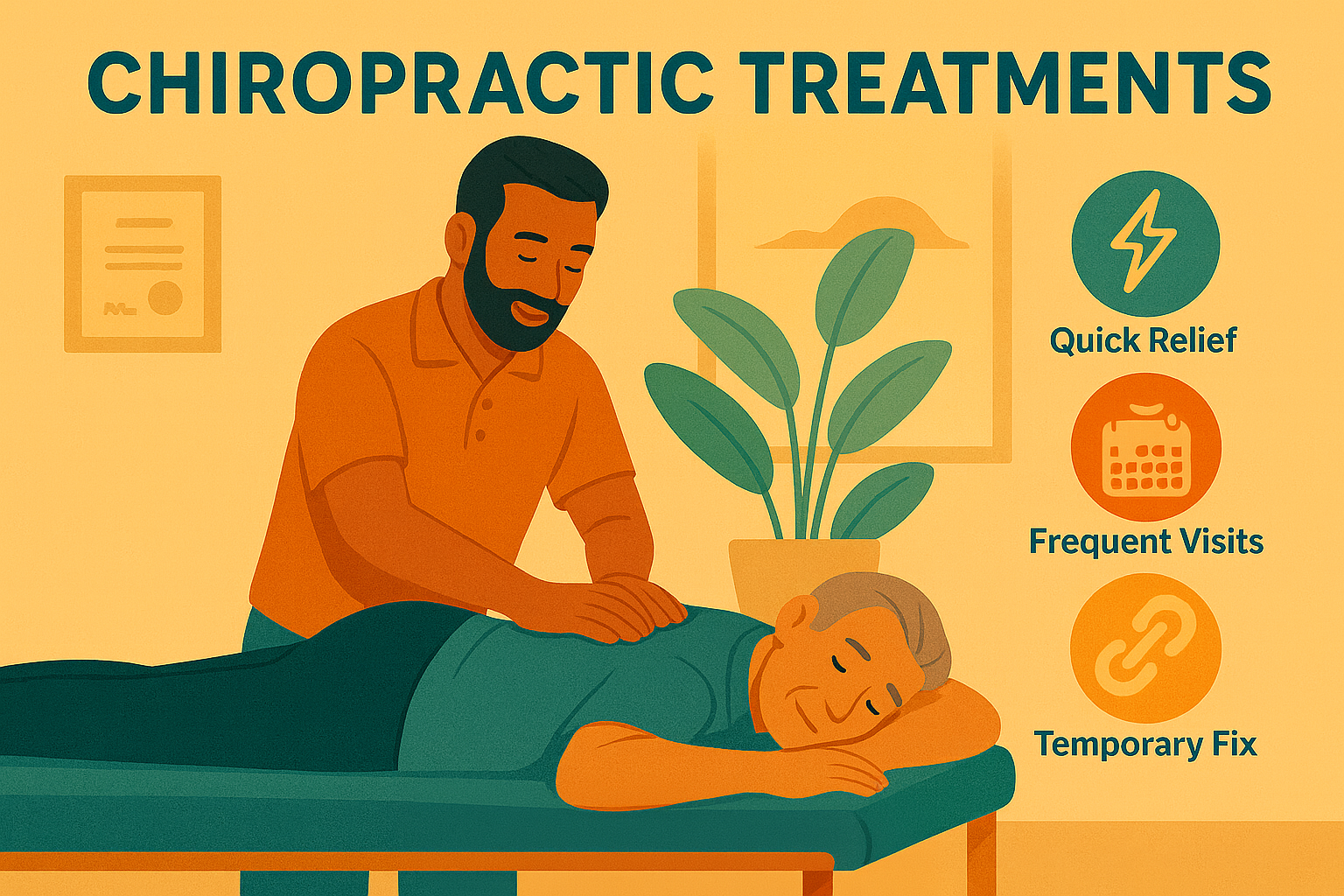
Chiropractic care is a popular option when pain flares suddenly or stiffness sets in.
Many people appreciate the quick relief and the hands-on approach from experienced practitioners.
The question is whether it delivers lasting change without constant visits.
What We Liked
- Adjustments can provide immediate relief from stiffness or misalignment, delivering a welcome “reset” sensation.
What We Didn’t Like
- Relief is usually temporary, and many patients need weekly or frequent visits for months or even years.
- Over time the cost and dependency add up without fixing the underlying dysfunction driving the pain.
Bottom Line: Helpful for symptoms in the moment, but not a permanent solution.
You can end up tethered to ongoing appointments without deeper change.

Massage is a natural, soothing way to relieve tension and calm your nervous system.
It can help you relax, feel better, and move with less guarding in daily activities.
Comfort matters, especially when pain has worn you down.
What We Liked
- Immediate comfort, muscle relaxation, improved circulation, and stress reduction can make pain more manageable in the short term.
What We Didn’t Like
- Massage doesn’t correct structural or movement issues behind chronic pain, so relief tends to be brief.
- Regular sessions get costly, and without retraining movement patterns the pain usually returns.
Bottom Line: Feels great and helps temporarily, but it doesn’t retrain your body to prevent the pain from coming back.
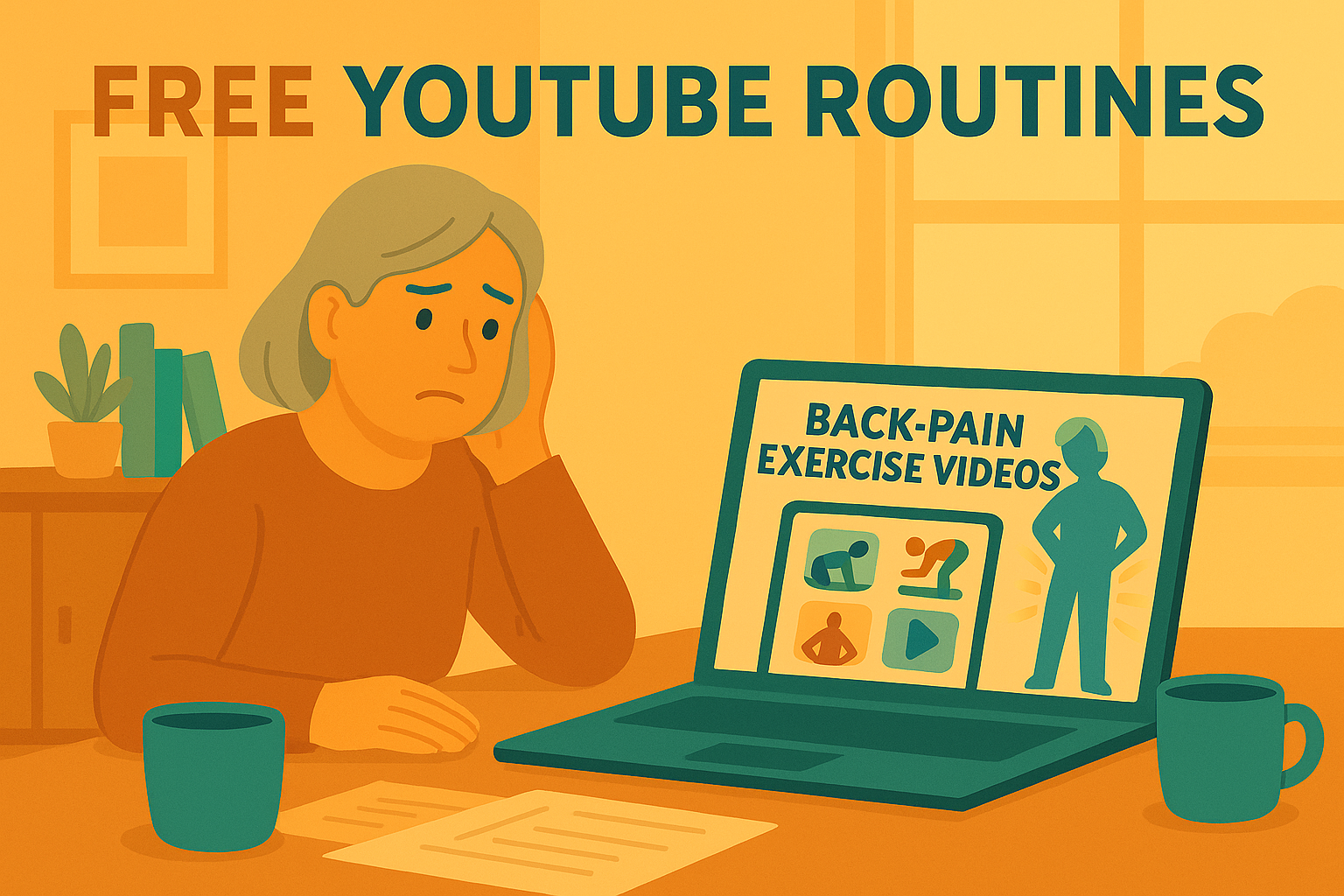
YouTube is a common first stop when you want help without cost or commitment.
Search “fix back pain” and you’ll see thousands of free routines with big promises.
The variety is huge, which is both exciting and confusing for beginners.
What We Liked
- Free and available anytime, with no barrier to entry, and you can try a new routine immediately.
- Some videos may offer brief relief, especially if you’ve been sitting too long or feel acutely tight.
What We Didn’t Like
- No consistency, progression, or personalization, and advice often conflicts from one creator to the next.
- Quick fixes rarely train deep stabilizers or build durable change, and some moves may aggravate sensitive conditions.
Bottom Line: Great for ideas, but hit-or-miss and often misleading.
Random videos rarely produce steady, long-term progress.
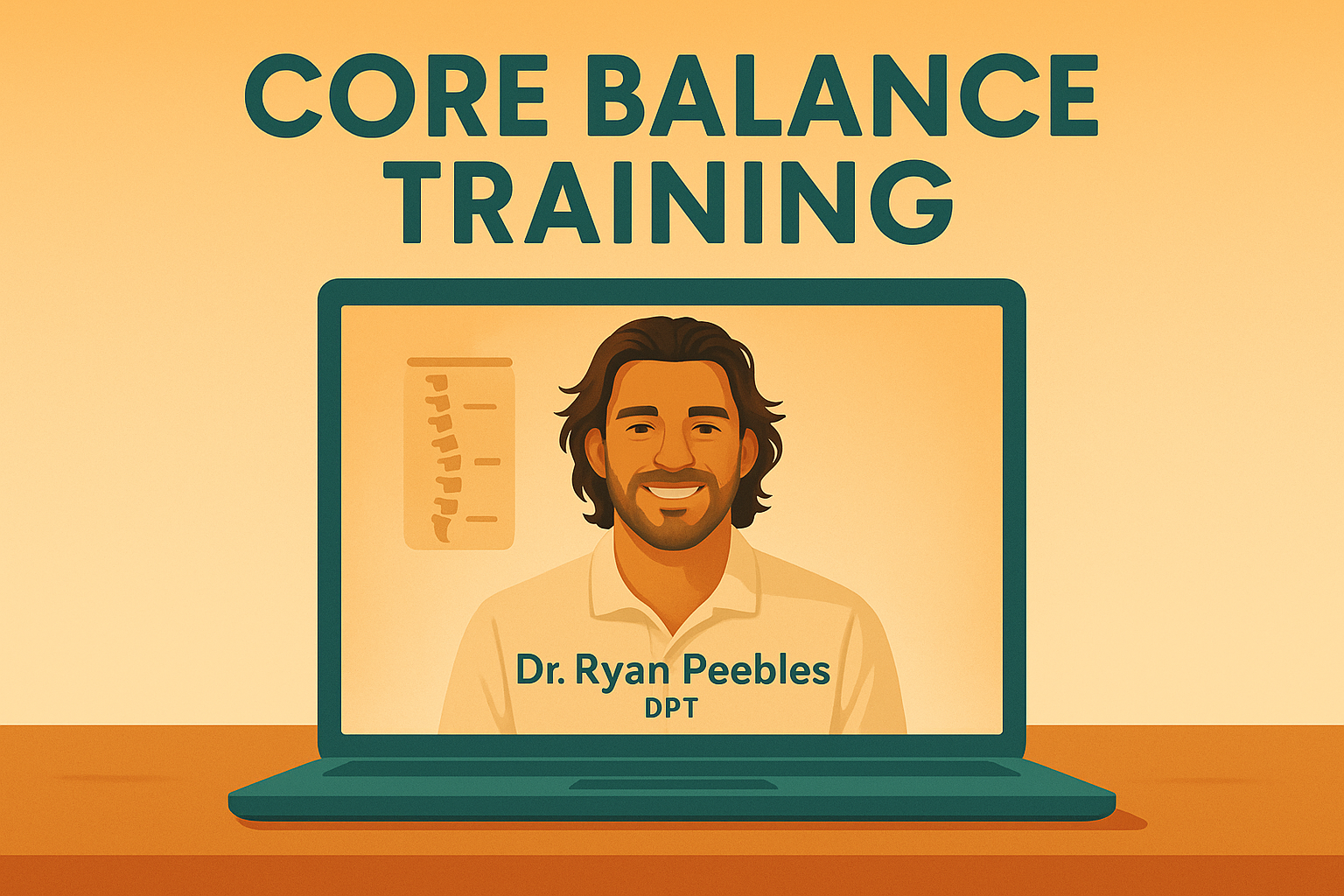
We saved the most out-of-the-box option for last.
Honestly, we almost skipped it, assuming it was just another online program.
That assumption turned out to be wrong.
What Makes It Different
CBT isn’t about numbing pain or chasing flare-ups with temporary tricks.
It focuses on fixing what causes the pain by restoring support and balance.
Developed by Dr. Ryan Peebles, DPT, after his own decade of chronic pain, it systematically reawakens deep stabilizers—his “Core Anchors.”
Then it retrains how you move so your spine is supported again in everyday life.
What We Liked
- Provides lasting relief by restoring core stability and cleaner movement patterns instead of chasing flare-ups.
- Targets root causes by correcting patterns that overload your spine during daily activities.
- Builds independence by teaching skills you can maintain for life without constant appointments.
What We Didn’t Like
- This isn’t a magic overnight fix, and it requires consistency to see results.
- Fifteen minutes daily is a reasonable trade for lasting change and better function.
Bottom Line: In our testing, CBT was the only option that consistently delivered an easy, affordable, reliable path to permanent relief.
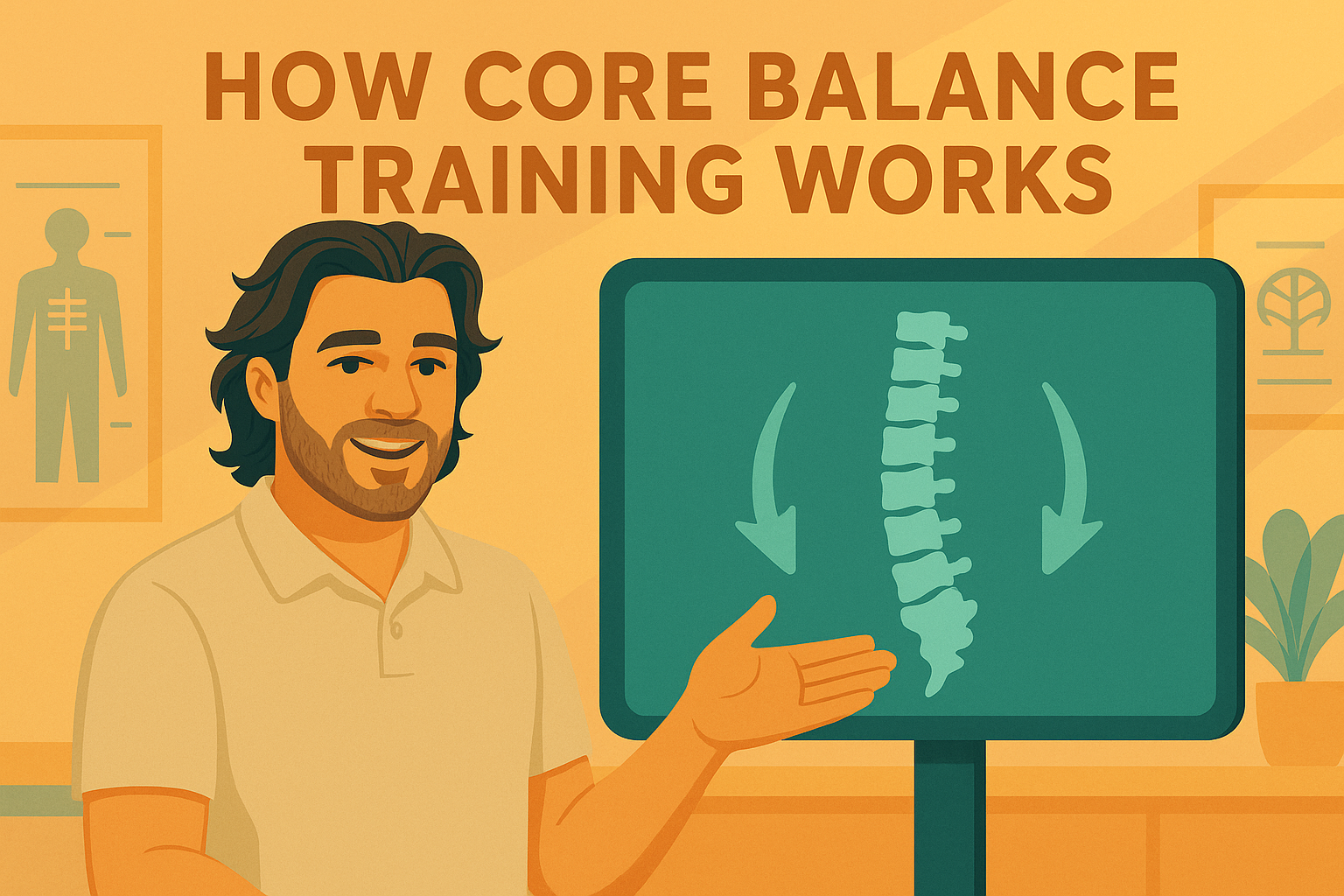
Back pain usually isn’t only from a “bad disc” or a “tight back.” It often reflects under-recruited deep stabilizers and compensations through the hips, pelvis, and ribcage.
CBT reactivates those stabilizers, realigns the system, and reprograms everyday movement—standing, sitting, lifting, and walking.
What You Can Expect
- Fifteen-minute guided sessions with clear video and audio cues you can follow at home.
- Precise breathing, gentle isometrics, and smart mobility work designed for real bodies.
- Week-to-week progressions that build capacity without provoking flare-ups or setbacks.
- Daily coaching emails to guide your practice and keep you consistent over time.
- A supportive community and expert guidance throughout the process as questions arise.
- Weekly live interactive coaching webinars with Dr. Ryan to reinforce progress.
Who It’s For
- People who have tried everything and are done with quick fixes that don’t last.
- Those who want a doctor-designed plan they can do at home with simple setups.
- Cautious beginners and active adults seeking resilient, pain-free movement.
Who It’s Not For
- Anyone expecting a zero-effort solution without daily follow-through and attention.
- Those unwilling to commit fifteen minutes a day for a few weeks to build momentum.
Try Core Balance Training for FREE
For a limited time, Core Balance Training is offering a free seven-day trial so you can test drive the full program and decide for yourself if it’s right for you.
That means you can experience everything with no risk or obligation, including lessons, guidance, community, and weekly live coaching webinars. If you continue past the first week, you’re covered by a thirty-day money-back guarantee for extra peace of mind.
Try it for a full month, and decide based on your results, posture, and comfort.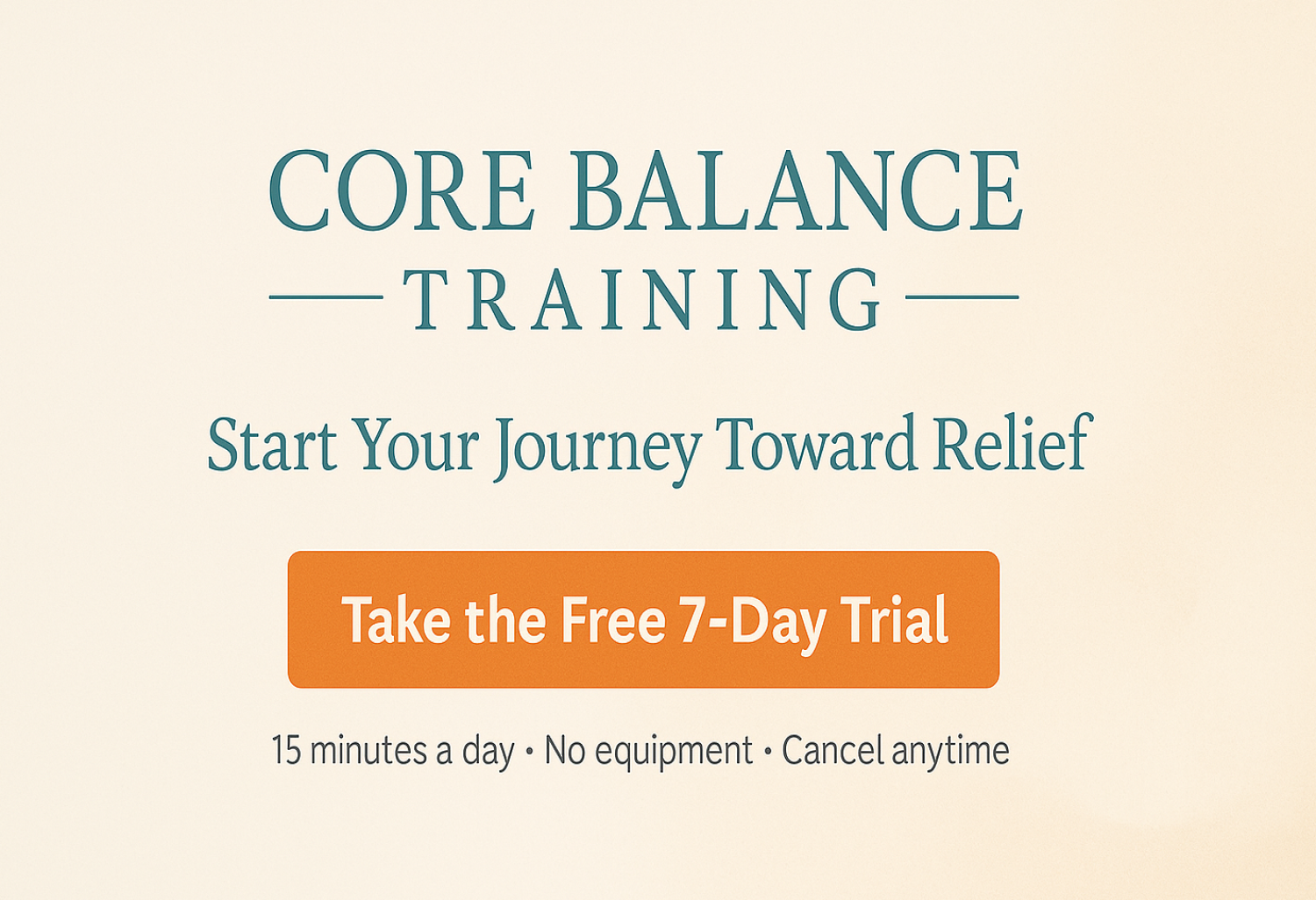
Editorial note: This article includes affiliate or sponsored content.
Our reviews reflect honest opinions to help readers make informed choices.
